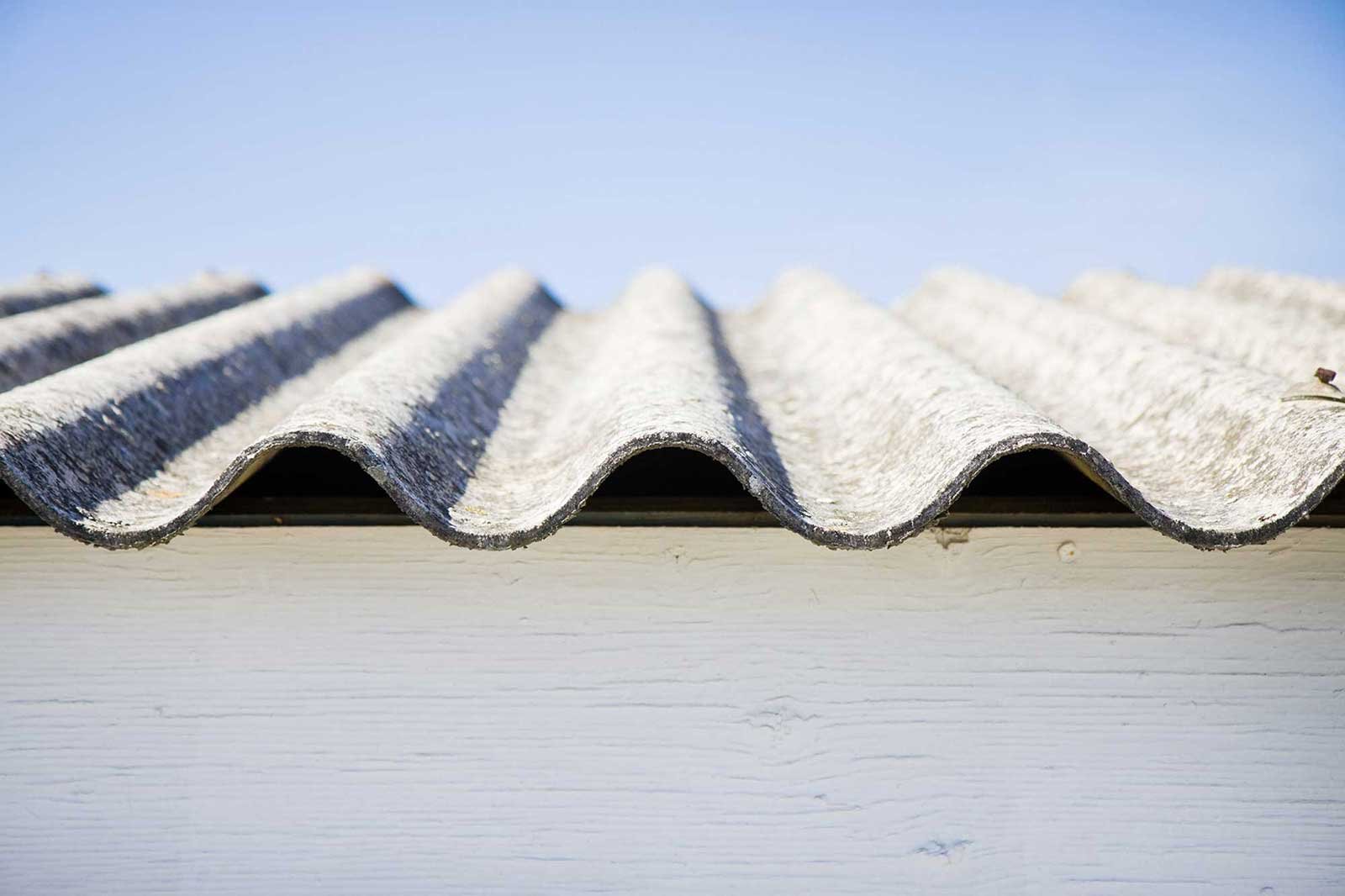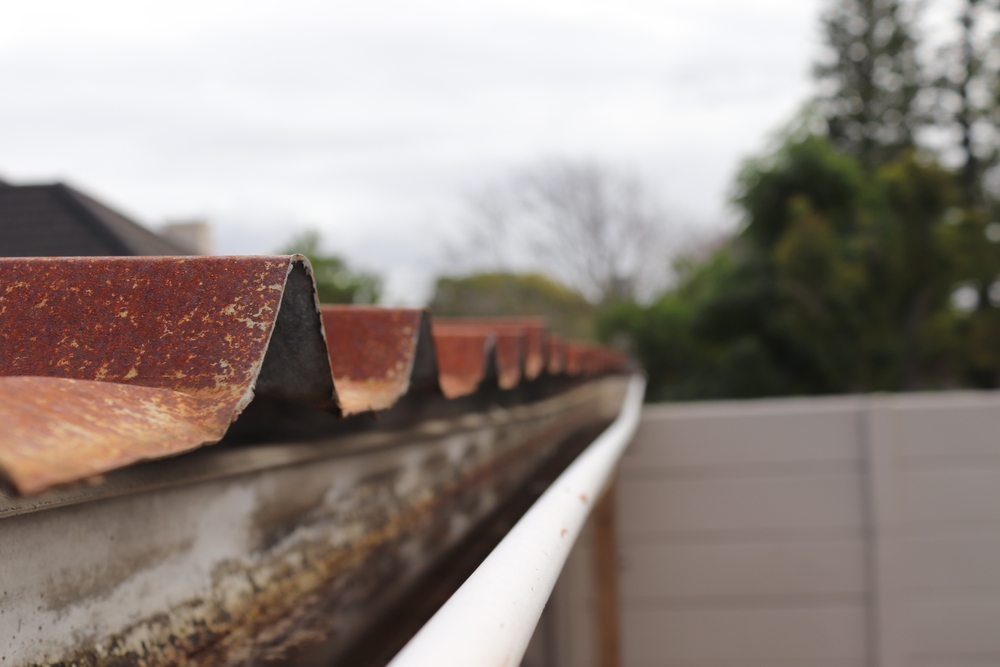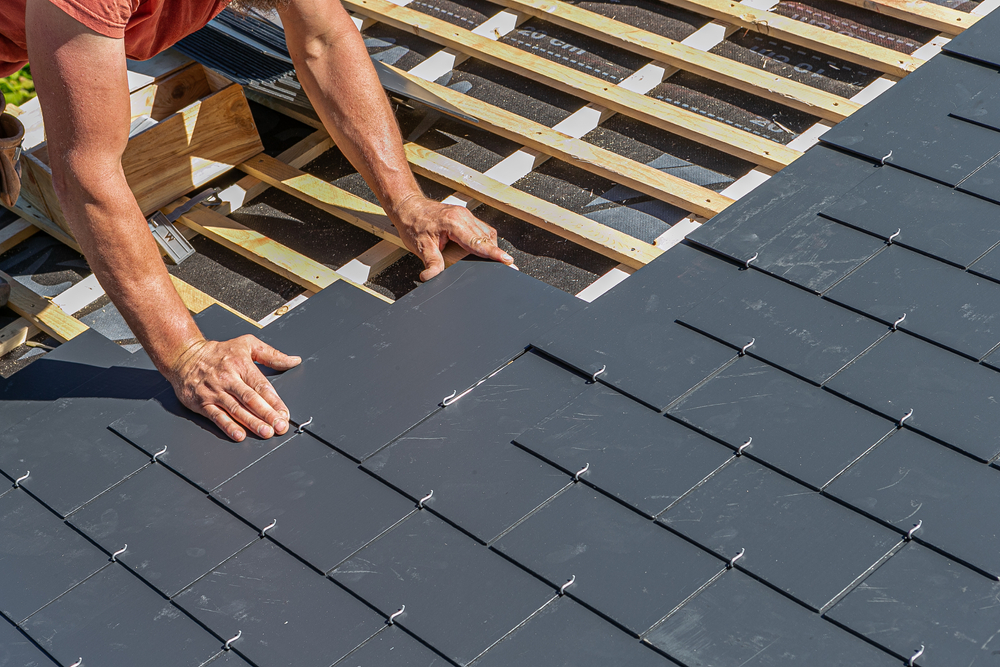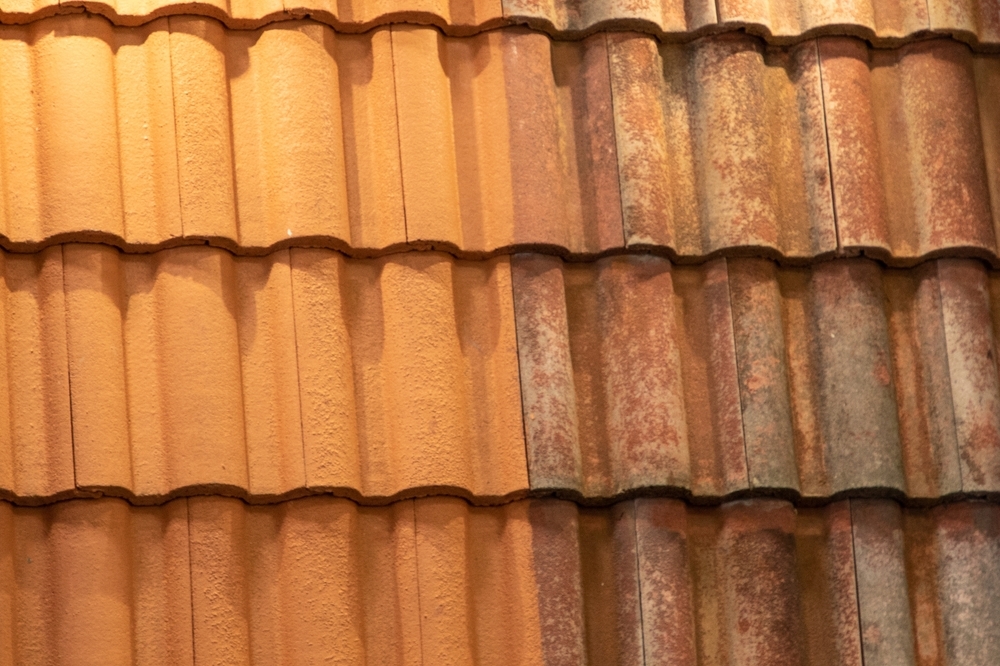Call them pergolas, pagodas, mini outdoor bungalows...for the purpose of this blog we’ll just refer to them as pergolas, but whatever you name them, these outdoor living spaces are more than just something to add to the aesthetics to your home and backyard. They’re also great features all on their own, allowing owners to relax outdoors in a space that is inviting, comfortable and offers privacy. In this post, we share some photos to inspire you when designing your own pergolas.















.jpg)


















.jpg)

.jpg)













